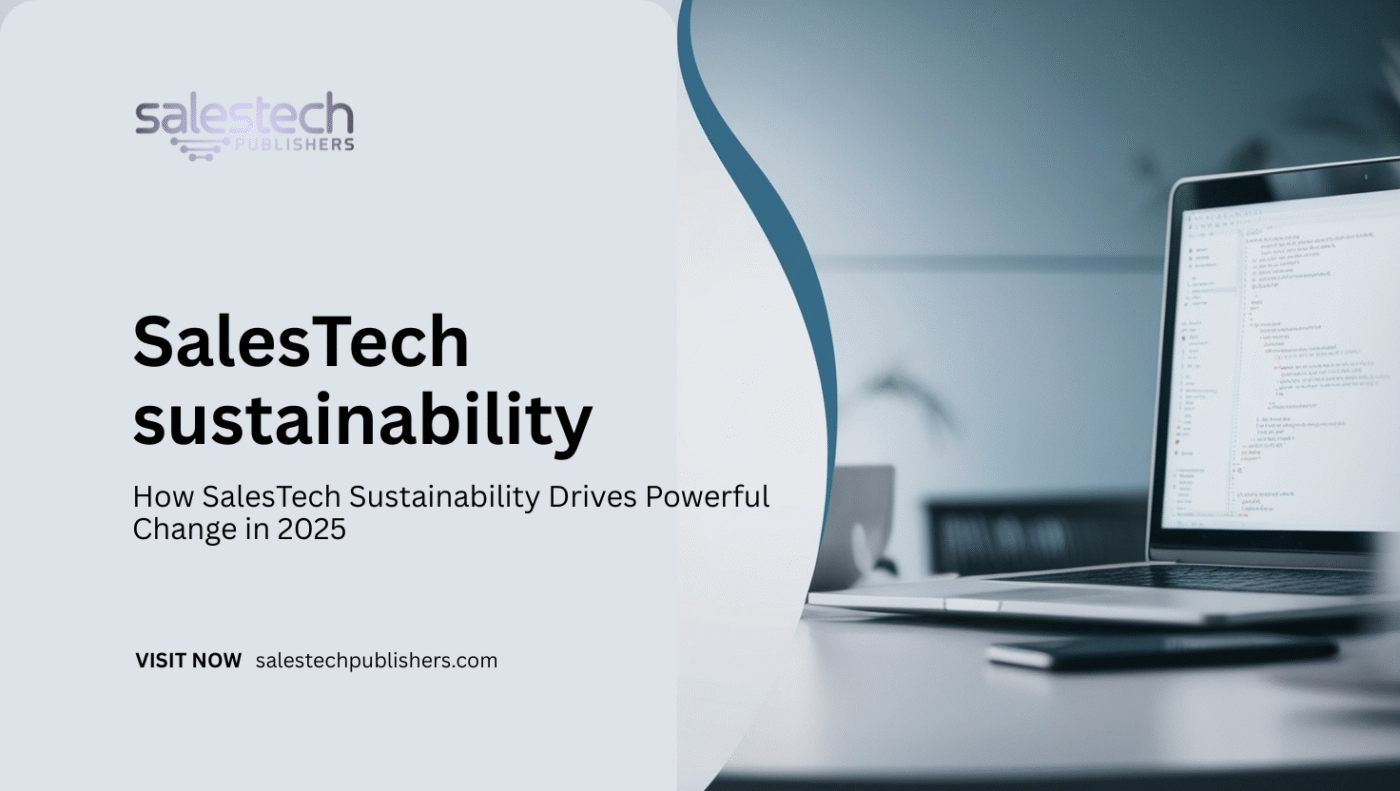How SalesTech Sustainability Drives Powerful Change in 2025

Introduction
In today’s business world, efficiency is no longer the only metric of success—sustainability is equally critical. As organizations expand their digital sales stacks, many overlook the environmental cost hidden behind cloud servers, data transfers, and AI-driven automation. This is where SalesTech sustainability comes in, focusing on minimizing the carbon footprint of sales tools while maintaining business performance.SalesTech sustainability
By measuring and managing energy consumption across platforms like CRM, sales engagement, and AI-powered analytics, companies can align with global climate goals and attract environmentally conscious buyers.
Why SalesTech Sustainability Matters
The Salistac industry has evolved rapidly, with companies that rely on dozens of devices to automate workflakes, track pipelines and prognosis. However, each tool is used in the cloud of Energi-Ofte derived from non-renewable power grids.SalesTech sustainability
- A specific sales tab includes 10-15 mother -in -law applications.
- Cloud services contribute 3.7% global greenhouse gas emissions (near aviation).
- Massive computing power is required and adds the computer-driven AI model used in sales forecasts.
Focusing on Salistac stability not only reduces carbon effects, but also increases the reputation of the brands and meets the increasing expectations of conscious stakeholders to the environment.
Measuring the Carbon Footprint of Sales Tools
Understanding the environmental impact of SalesTech sustainability requires tracking direct and indirect emissions:
- Energy use of shuttles
Each CRM, data analysis tool or AI-driven auxiliary cloud depends on the infrastructure. Measurement of server energy consumption (kWh) is the first step toward accountability. - Data Storage and Transfer
Sales equipment that processes high versions of data improves emissions through storage and data movement between the areas. - Consumption at unit level
Distance teams that reach sales platforms through laptops and mobile devices also contribute to the footprint. - Practical practice of software
Choosing sellers who invest in renewable driven data centers (such as AWS or stability with Google Claude) significantly reduces emissions.
By combining these measurements, business benchmarks can install and monitor improvement over time.
Steps to Improve SalesTech Sustainability
Companies targeting their carbon footprints can take practical steps:
- Audit your sales tab
Remove fruitless or under used devices to reduce the demand for energy. - Choose green suppliers
Choose honorable suppliers that are obliged to carbon -coated operation and procurement of renewable energy. - Take advantage of computer efficiency
Use tools that optimize data storage and reduce unnecessary repetition. - Encourage hybrid infrastructure
Move the field -specific host providers to reduce long -distance data transfer. - Educate sales team
Whenever possible, encourage best practices such as reducing video calls, batch data treatment plans and closing unused features.
Use of these steps supports both stability goals and cost savings.
Business Benefits of SalesTech sustainability
Using a SalesTech sustainability is more than a moral alternative – this is a professional advantage.
- BRAND COMMUNITY: Customers prefer conscious brands over the environment.
- Compliance compliance: Governments all over the world start strict requirements for carbon reporting.
- Operating efficiency: Reduction of unnecessary equipment reduces costs.
- Investor Appeal: Stability attracts ESG-centric investors.
Forward -holding companies that prefer to measure and reduce carbon footprints for sales units will put them into position as industry managers in a green economy.
Conclusion
SalesTech sustainability is no longer optional – this is a competitive requirement. By measuring carbon footprints for sales units and implementing permanent practice, the company can balance development with responsibility.
Today, the organizations that embrace the sale stability will not just cut costs and promote efficiency, but will also strengthen their brand in the eyes of environmentally conscious customers and investors.
The future of sale is not just smart – it is durable.
Organizations that embrace SalesTech sustainability today will not only cut costs and boost efficiency but also strengthen their brand in the eyes of environmentally conscious customers and investors. In the long run, sustainable SalesTech adoption builds resilience, ensures compliance with evolving regulations, and secures a meaningful competitive advantage in an increasingly eco-aware marketplace.
The future of sales isn’t just smart—it’s sustainable, responsible, and impactful.

